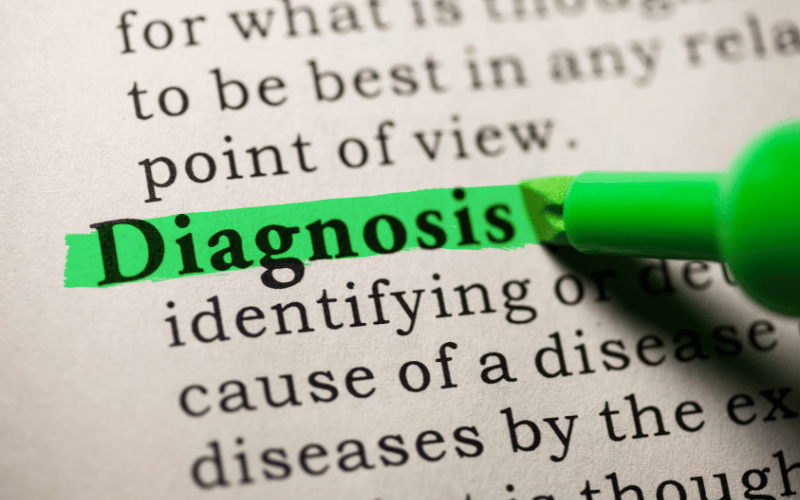Fact 6: How are Gallstones Diagnosed?

The diagnosis of gallstones involves a combination of clinical evaluation, imaging tests, and sometimes laboratory tests. The process usually begins with the doctor taking a thorough medical history and performing a physical examination, focusing on the abdomen to check for tenderness.
Imaging tests play a crucial role in diagnosing gallstones. An ultrasound is the most common test used, as it is non-invasive, painless, and highly effective at detecting gallstones. In some cases, a computerized tomography (CT) scan may be used, especially if the doctor suspects complications like inflammation or infection.
If the imaging tests are inconclusive or if there’s a need to further assess the bile ducts, additional tests like a hepatobiliary iminodiacetic acid (HIDA) scan, endoscopic retrograde cholangiopancreatography (ERCP), or magnetic resonance cholangiopancreatography (MRCP) may be employed.
In some situations, blood tests may be conducted to check for signs of infection, inflammation, jaundice, or other complications related to gallstones. These tests help to provide a comprehensive picture of the individual’s condition, aiding in the accurate diagnosis and effective management of gallstones.
Navigating the diagnosis of gallstones requires a thorough and detailed approach, ensuring that every aspect of the condition is explored and addressed. It sets the stage for effective management and a smoother journey through treatment and recovery. (6)